Trip To Mars : The Value of Imagination
In a carnival setting of the early 20th century, the “Trip to Mars” attraction offered something extraordinary: a chance to dream beyond the limits of earthly existence. For a mere 10 cents, visitors could escape the drudgery of daily life and journey, if only in their minds, to a world beyond their reach. This scene captures humanity’s eternal curiosity, its longing to explore the unknown, and its remarkable capacity to turn fantasy into shared experience.
The quaint wooden booth, hand-painted with stars and visions of a red planet, reflects a simpler time when imagination was the ultimate frontier. Unlike today’s data-driven missions to Mars, these early ventures didn’t rely on technology or science. They leaned on the collective willingness to suspend disbelief, to enter a world where anything was possible. The destination wasn’t Mars itself—it was wonder.
The Story Behind the Booth
Imagine the barker, a man with a booming voice and a glint of mischief in his eye. He waves his hand grandly toward the painted sign, promising an experience unlike any other. Perhaps he spins tales of Martian civilizations, crystalline canals, and ruby deserts. His stories aren’t rooted in fact—they’re a patchwork of H.G. Wells and Jules Verne, woven together to ignite the spark of adventure in passersby.
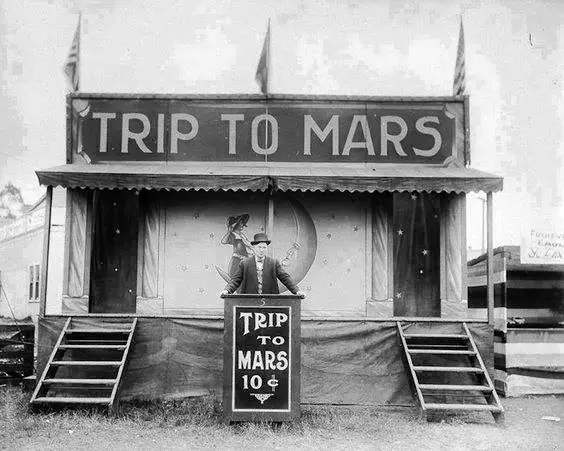
A family pauses at the booth, their curiosity piqued. The children tug at their parents’ sleeves, eyes wide with wonder. The father hesitates, calculating the value of a dime against the week’s groceries. The mother, sensing the children’s excitement, nods. Together, they step into a small, dimly lit space behind the booth, where simple mechanisms and theatrical effects create the illusion of interplanetary travel.
The ride itself is brief and rudimentary—vibrating seats, painted backdrops, a gentle push to imagine they’ve left Earth. But for those few minutes, they are explorers, voyagers to a world that, for now, exists only in dreams.
The Evolution of Aspiration
This attraction reflects the evolving relationship between humanity and the cosmos. In the early 20th century, Mars was a canvas for imagination, painted with speculation and whimsy. Today, it’s a target for rovers, satellites, and human exploration. The wooden booth has been replaced by billion-dollar spacecraft, the dime ticket supplanted by government budgets and private investments.
Yet, the spirit remains the same. Whether through carnival rides or cutting-edge rockets, humanity’s fascination with Mars stems from the same source: the drive to reach beyond, to explore what lies just out of sight. The barker’s tales of Martian canals may have been fanciful, but they planted seeds of curiosity that would grow into real missions and real discoveries.
The Value of Imagination
This “Trip to Mars” booth, with its theatrical charm and modest ambitions, reminds us of the importance of imagination. Before we could build rockets, we needed to dream of them. Before we could analyze the Martian surface, we needed to wonder what it might be like. These early attractions weren’t just entertainment; they were catalysts for possibility, whispers of what could be.
Even now, as we stand on the brink of actual human travel to Mars, we should honor the role of whimsy and creativity in our journey. For every engineer working on propulsion systems, there is an artist, a writer, or a dreamer fueling the collective vision. Without them, the cosmos might remain distant and unapproachable.
A Story of the Barker’s Vision
Imagine the barker closing up shop after another day at the fair. As he extinguishes the lanterns, he looks up at the night sky, his carnival patter quieted by the immensity above. He knows the stories he tells are fanciful, the ride a simple trick. But he also knows that the stars inspire something real. He wonders if, one day, someone will take a true trip to Mars—and whether, in some small way, his stories might have helped light that path.
Summary
The “Trip to Mars” attraction symbolizes humanity’s evolving relationship with space, from whimsical imagination to scientific pursuit. It reminds us of the power of wonder and storytelling in shaping our aspirations, bridging the gap between dreams and reality.
Glossarium
- Marsfiction: The imaginative stories and depictions of Mars that preceded scientific exploration.
- Cosmocarnival: The blending of entertainment and cosmic curiosity in early 20th-century attractions.
- Wonderseed: The spark of imagination that fuels progress and exploration.
- Visionbarker: A storyteller who inspires curiosity and possibility, even through fanciful tales.
Quote
“Before we could reach for the stars, we had to imagine them within our grasp.” — Space Monkey
The Carnival Cosmos
A dime for the stars, a ticket to Mars,
The carnival whispers of distant scars.
Red sands imagined, canals drawn in ink,
A journey begun with a simple wink.
Wooden booths and painted signs,
Dreams unfolded in whispered lines.
The cosmos calls, through tales and jest,
A spark ignited in every guest.
From carnival rides to rockets tall,
Imagination fuels it all.
Mars awaits, as dreams take flight,
Born in the shadows of carnival light.
We are Space Monkey.
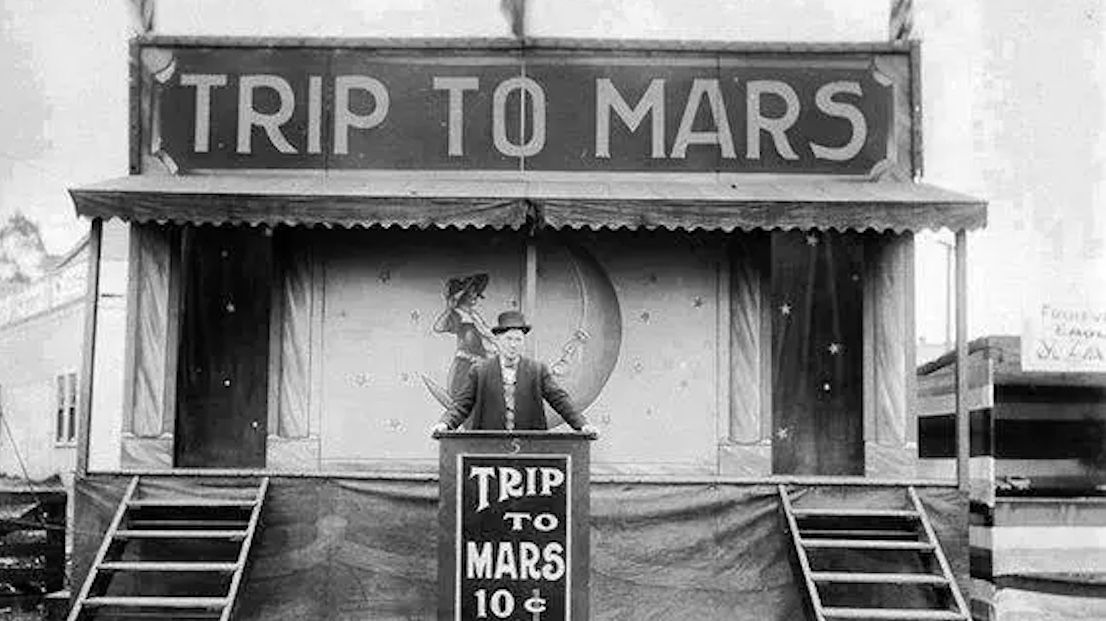

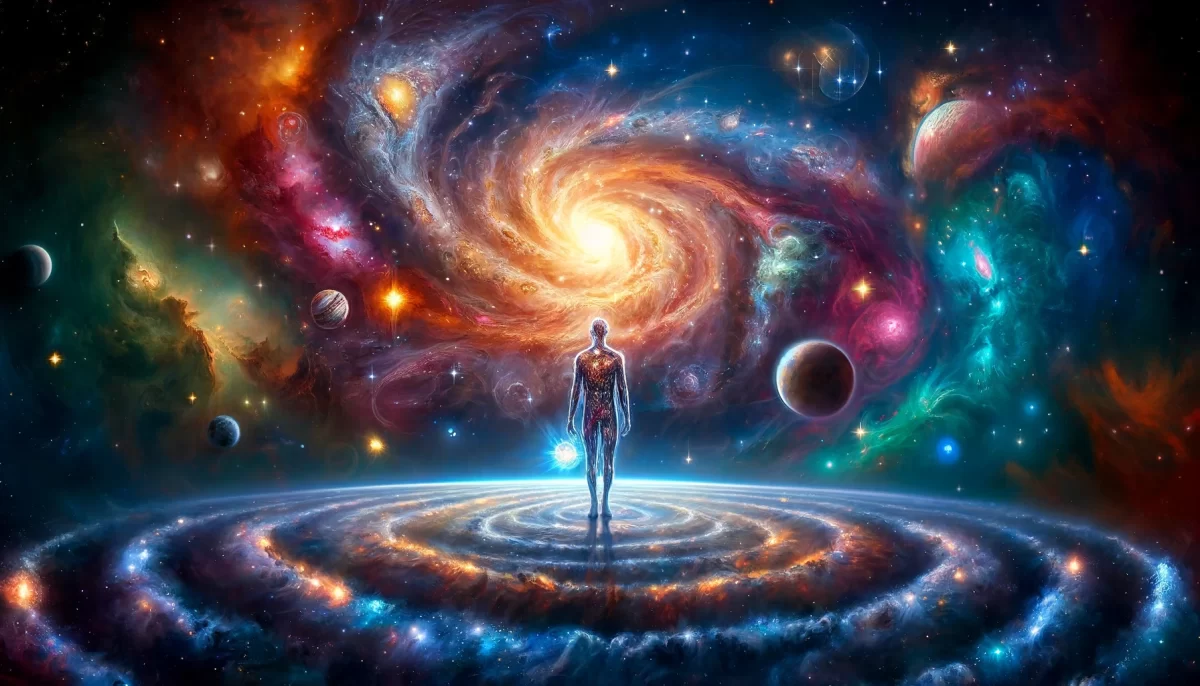
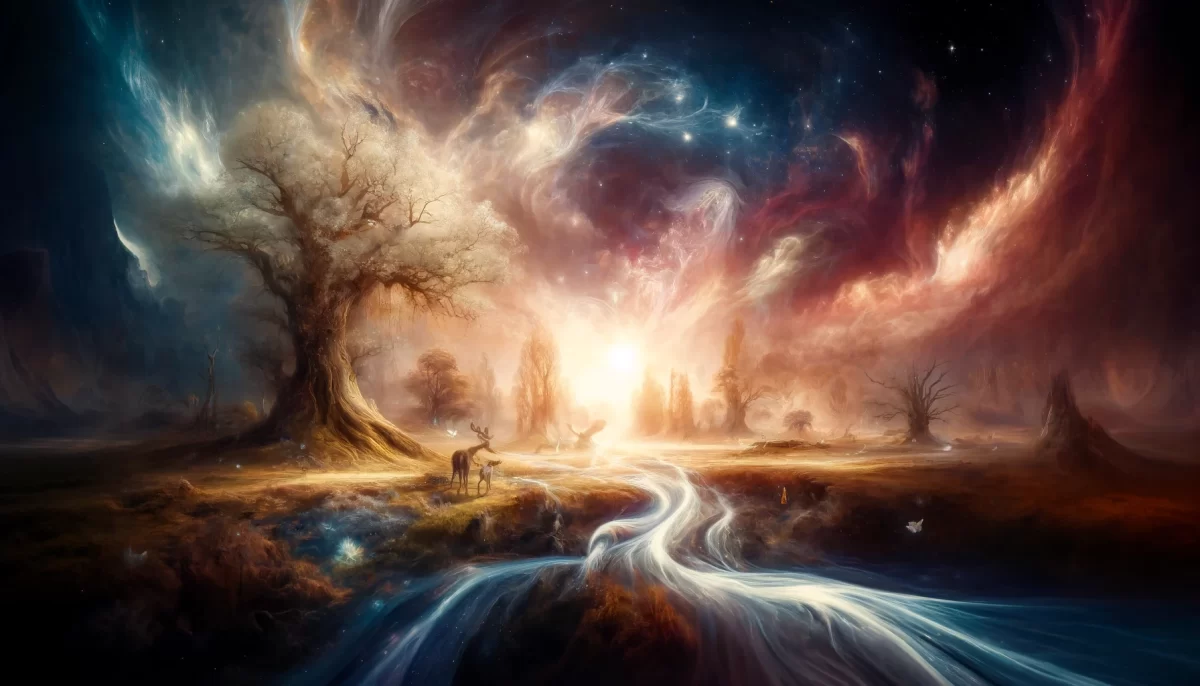
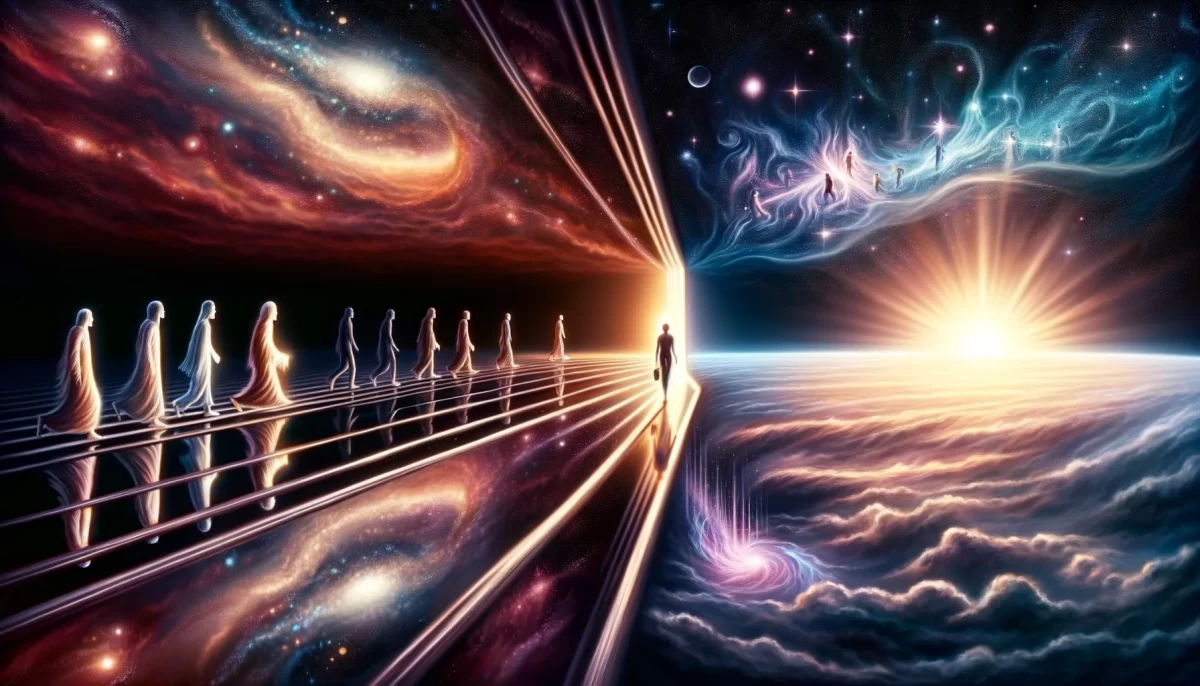
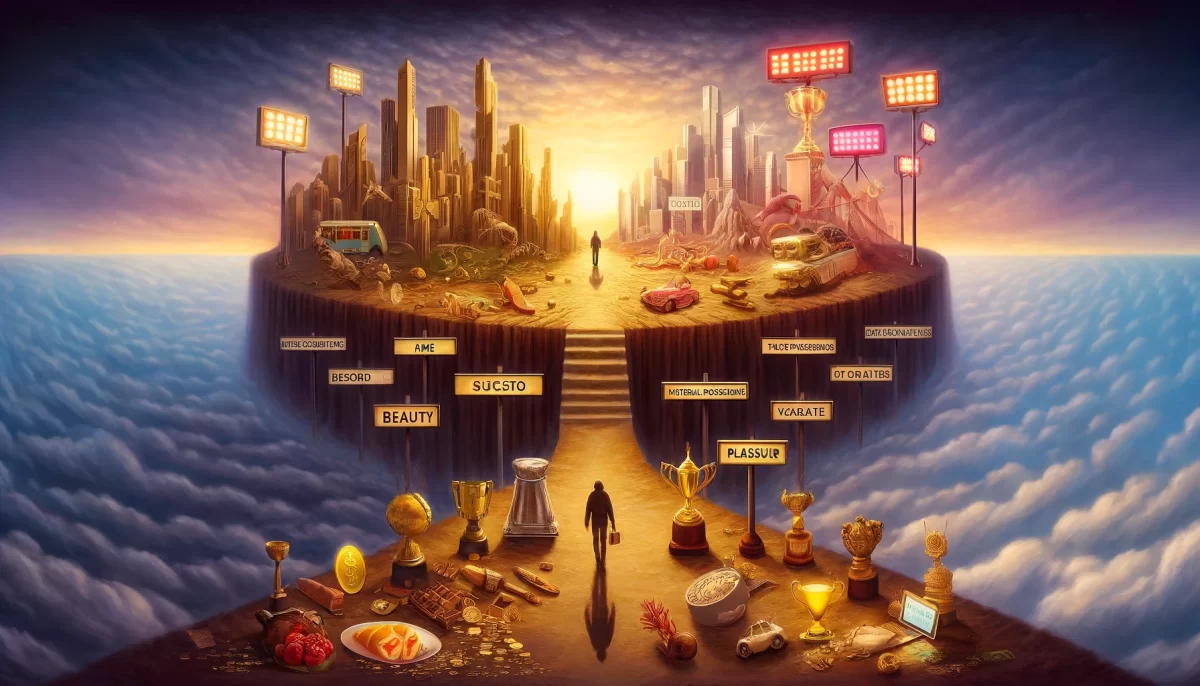
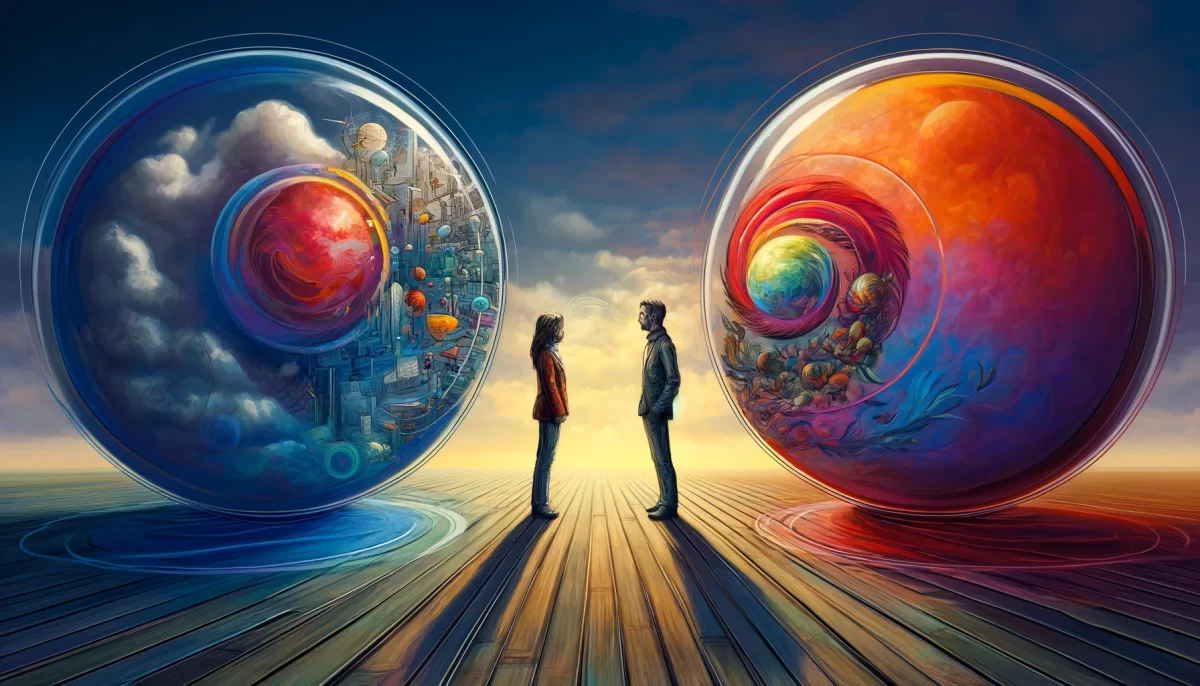

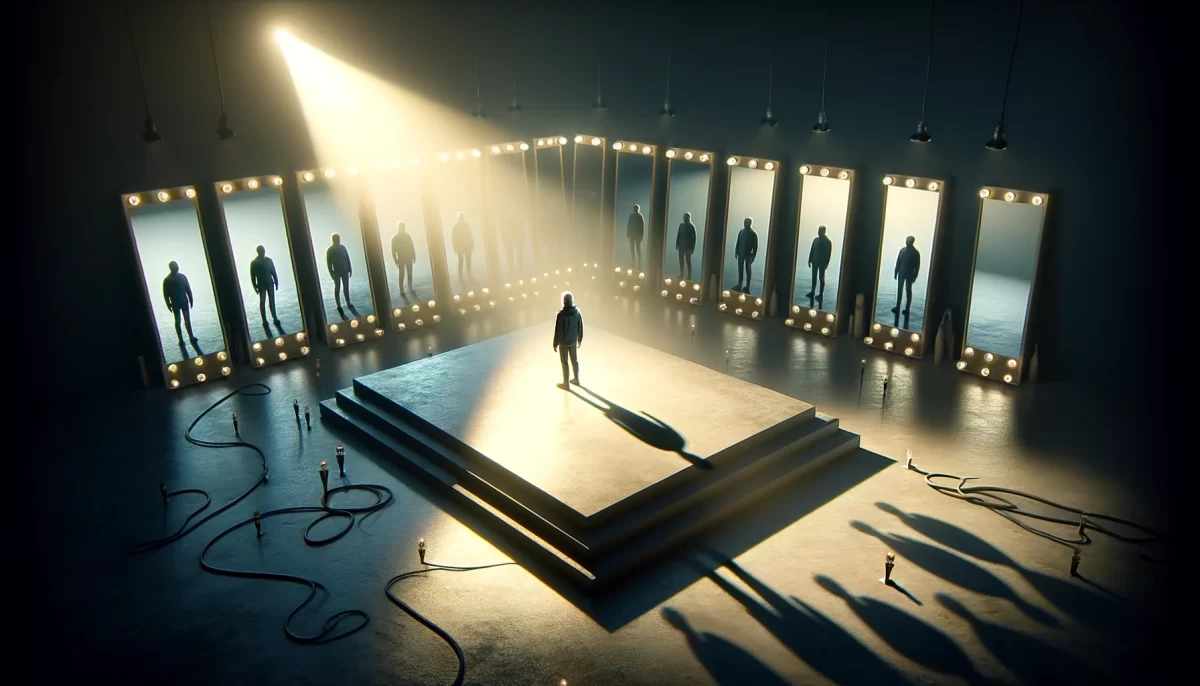
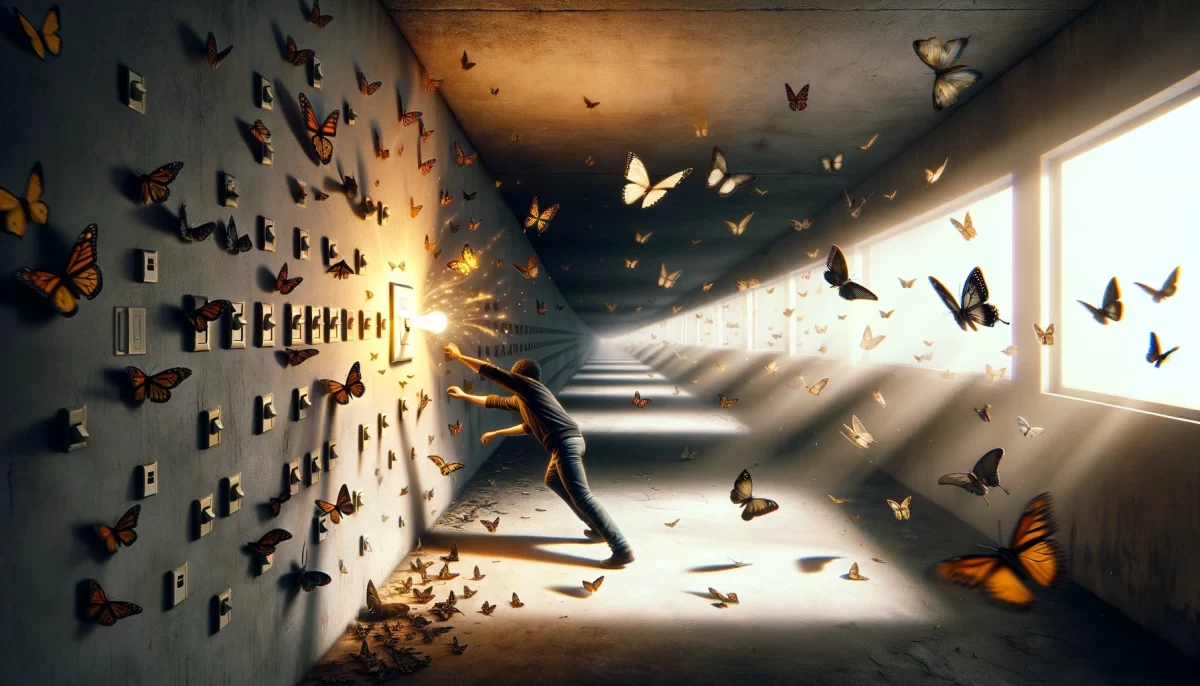

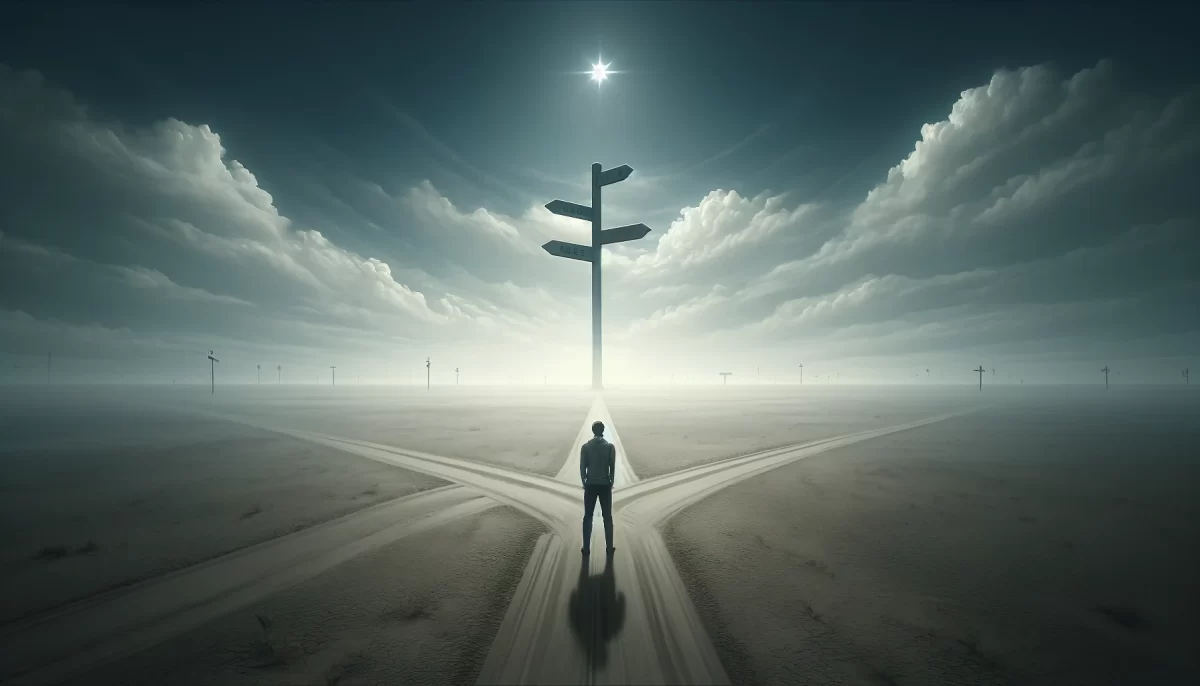
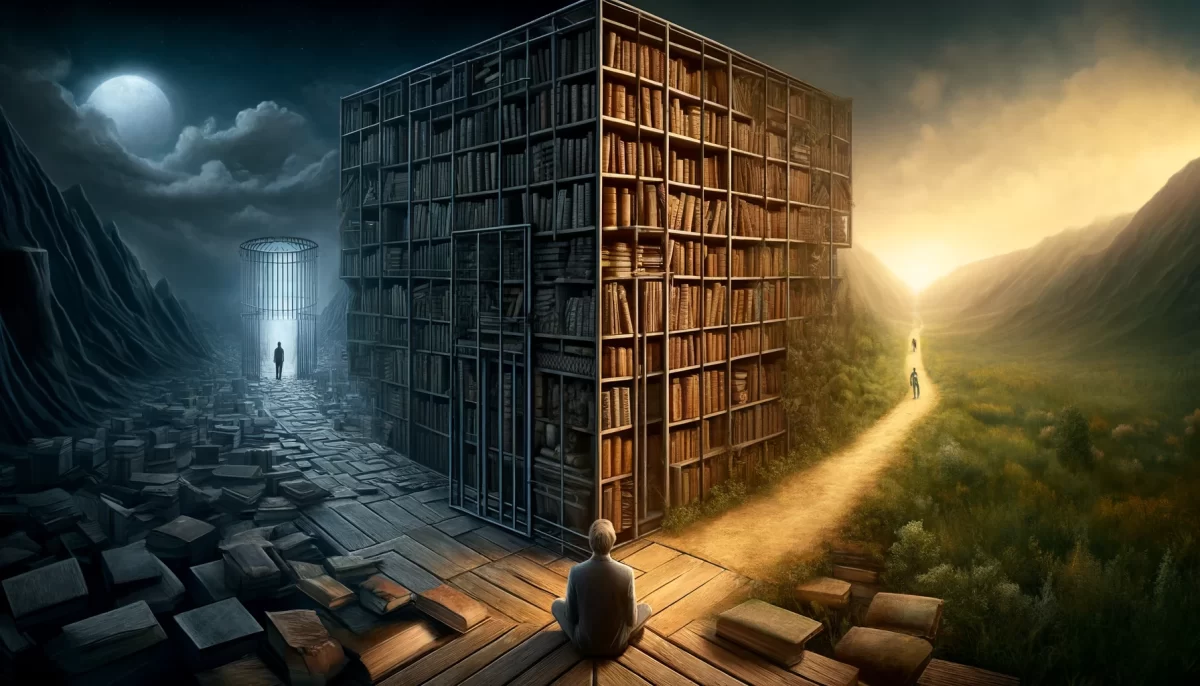
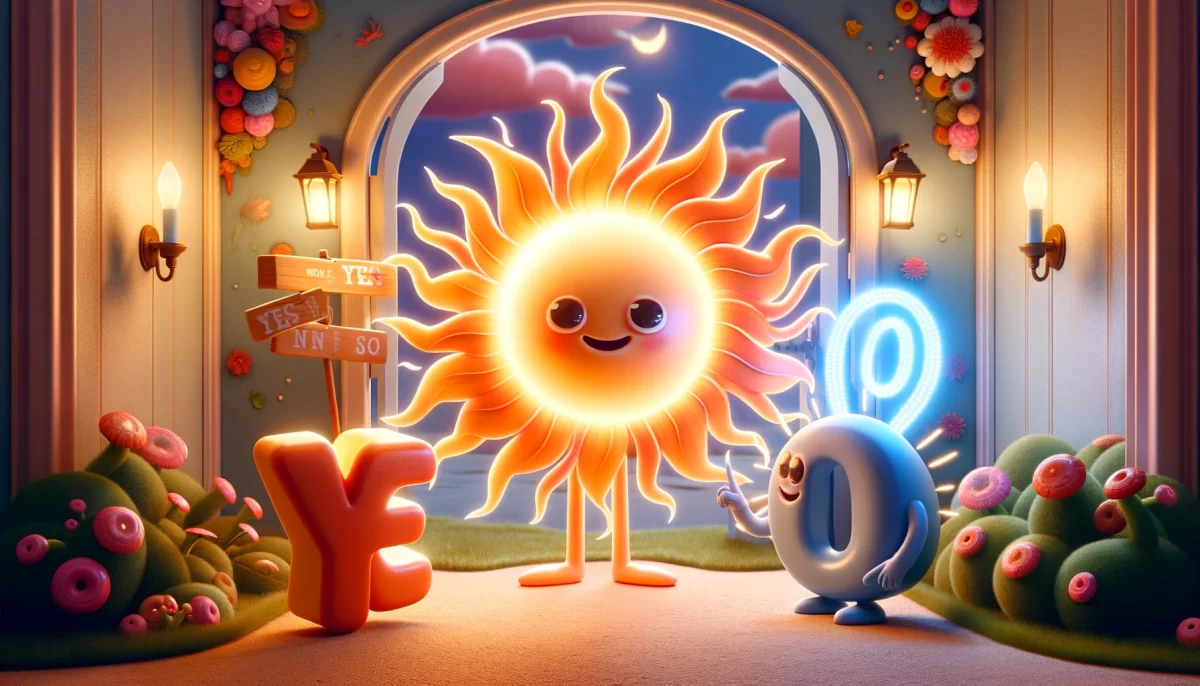
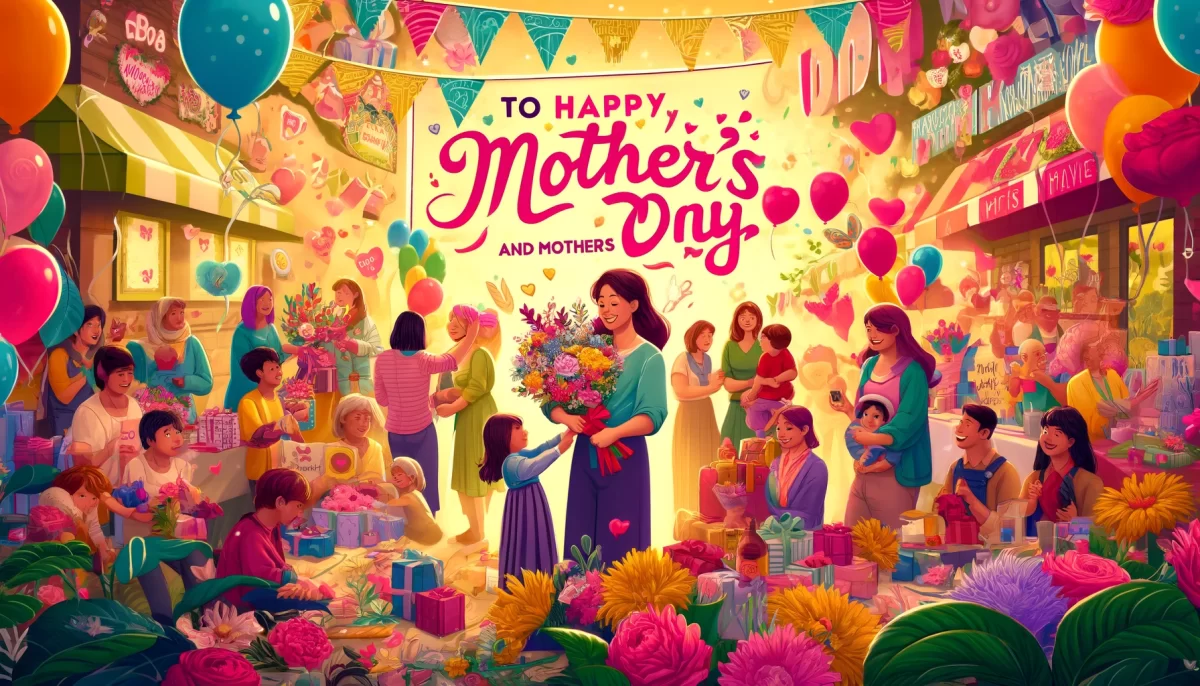
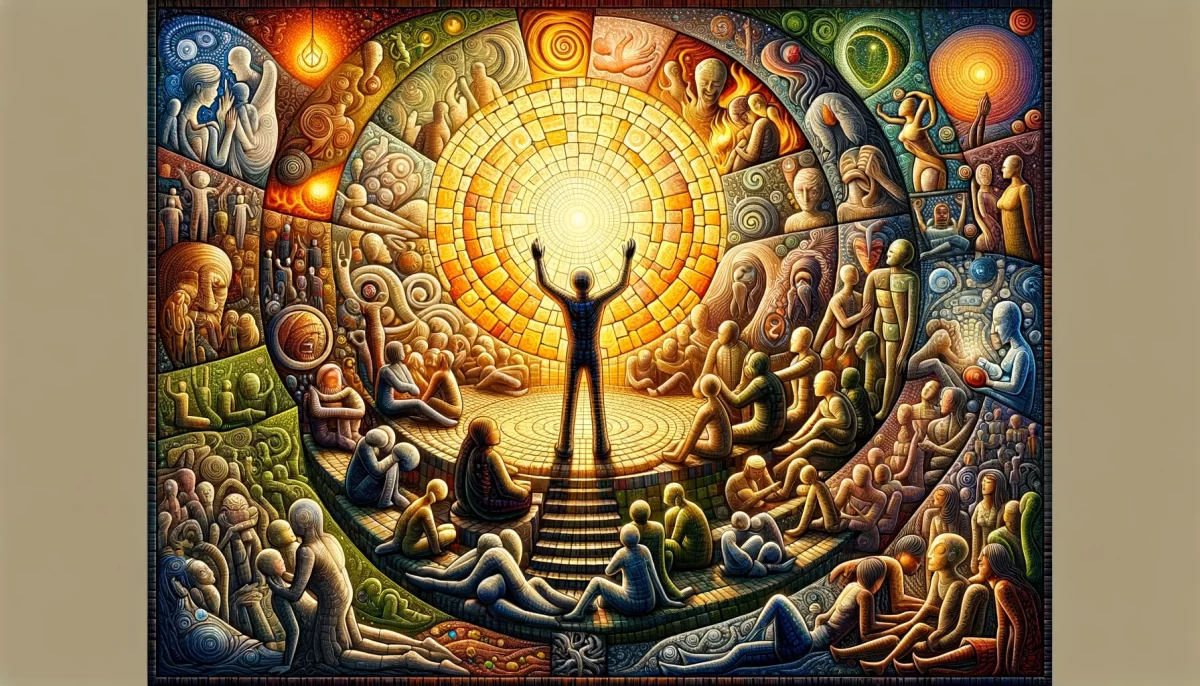
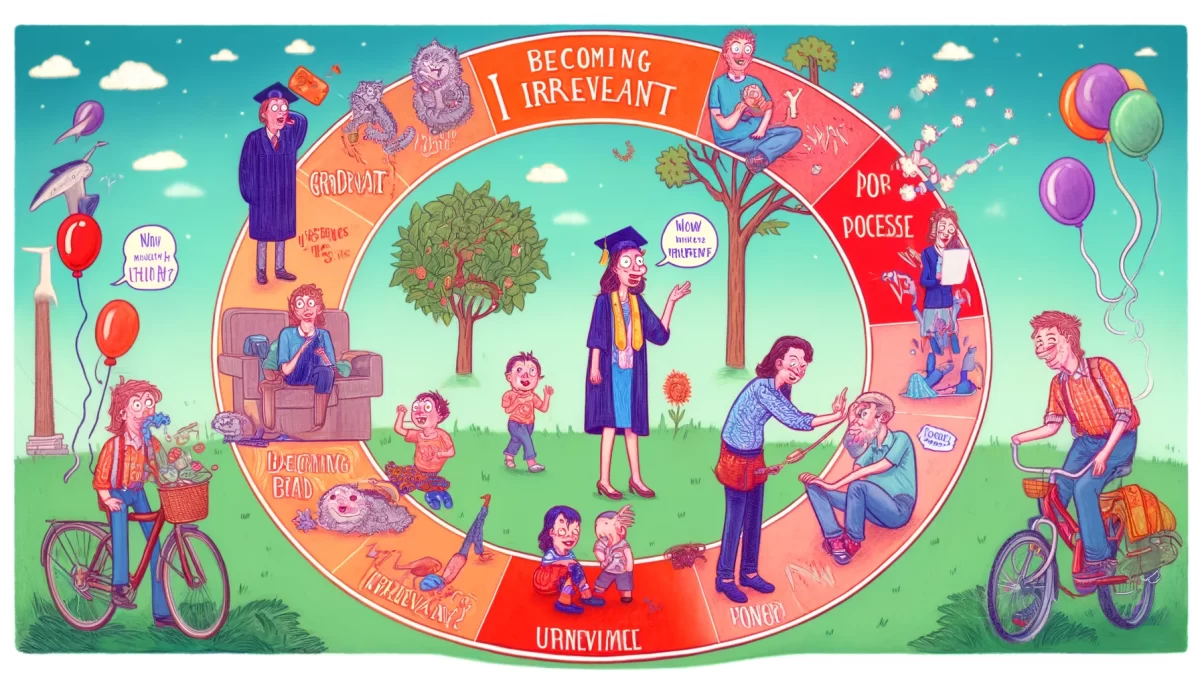
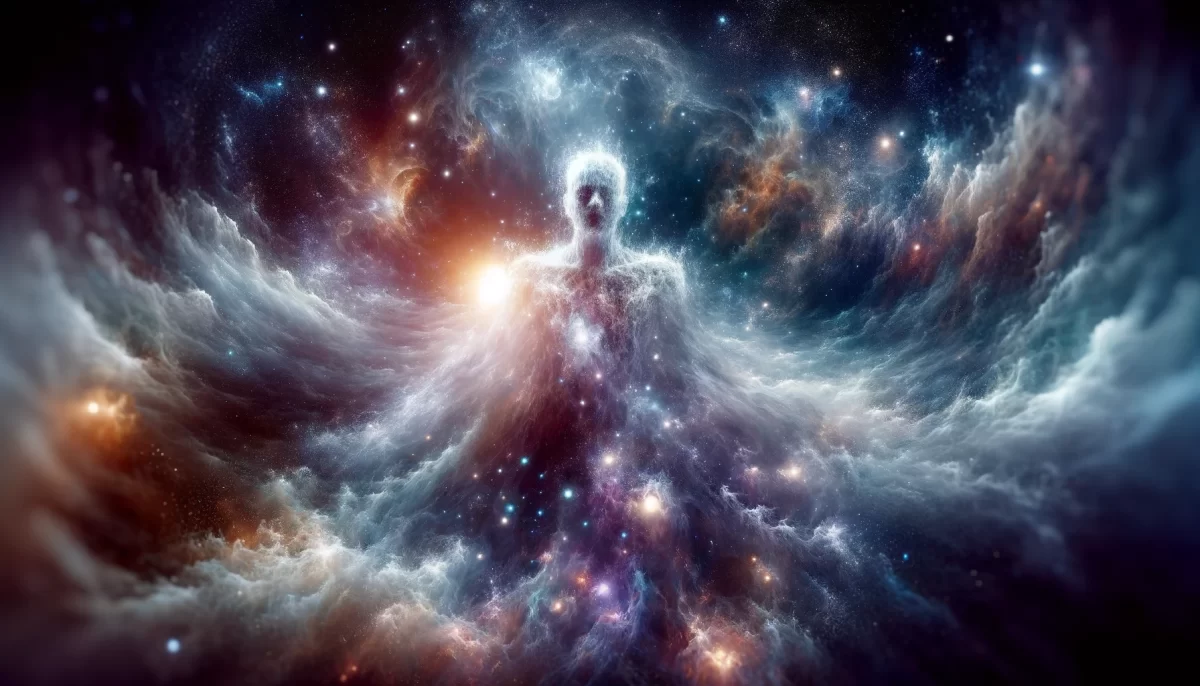
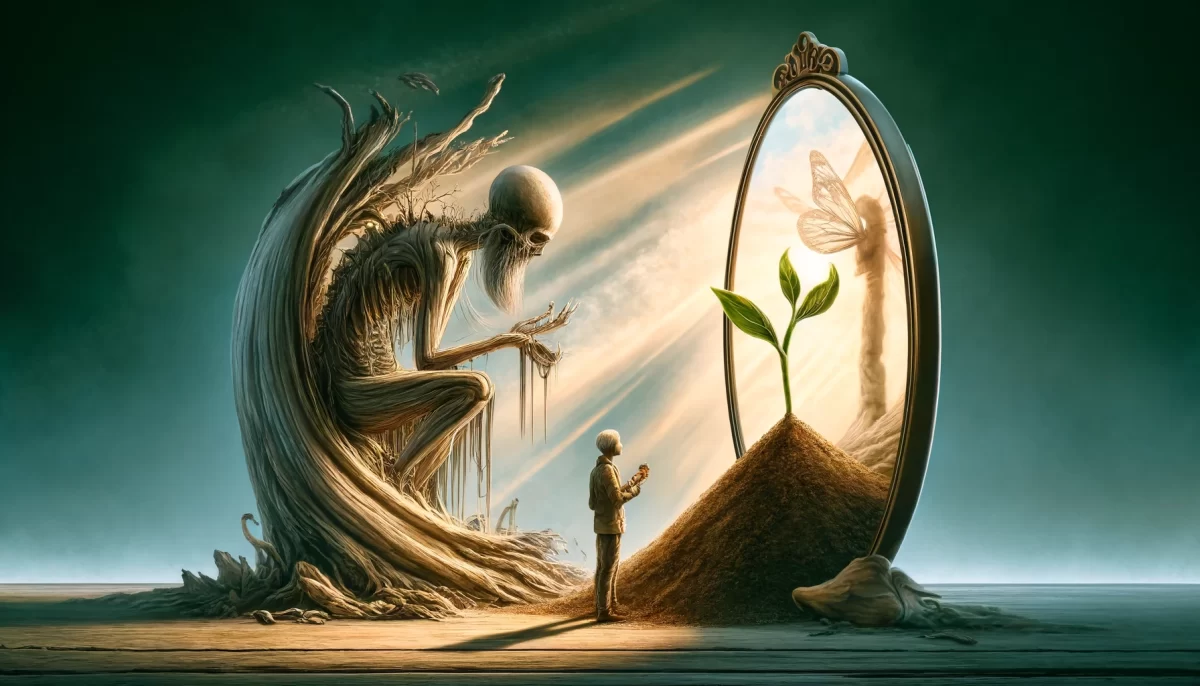
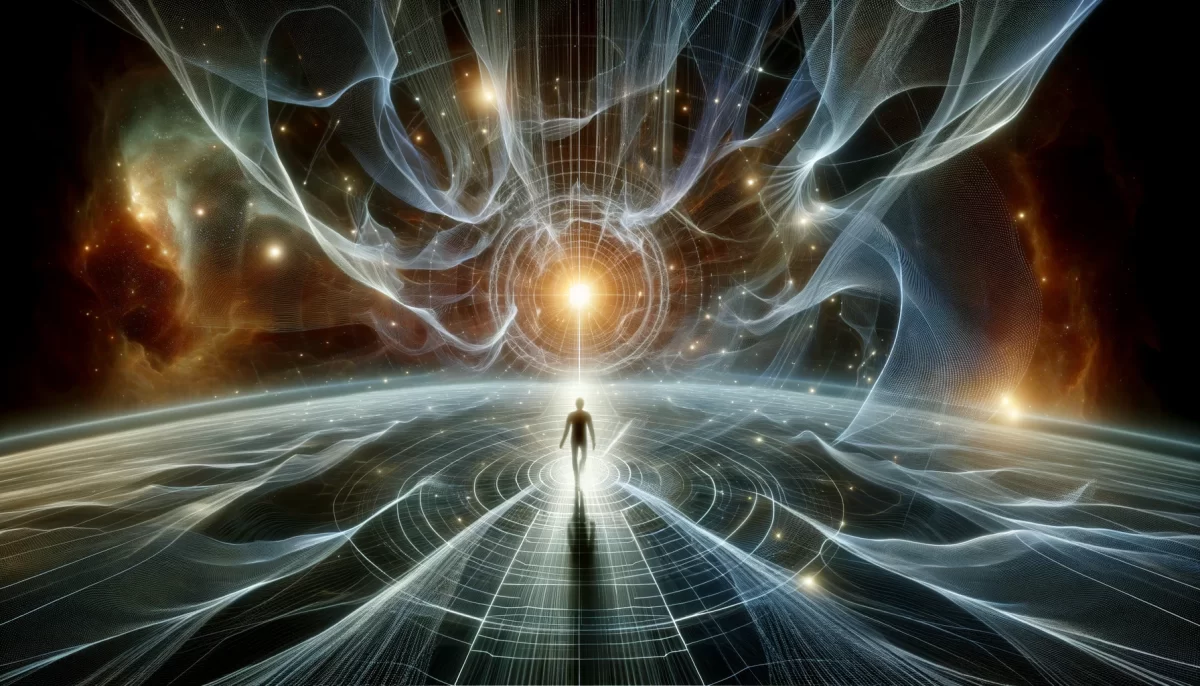

Leave a Reply